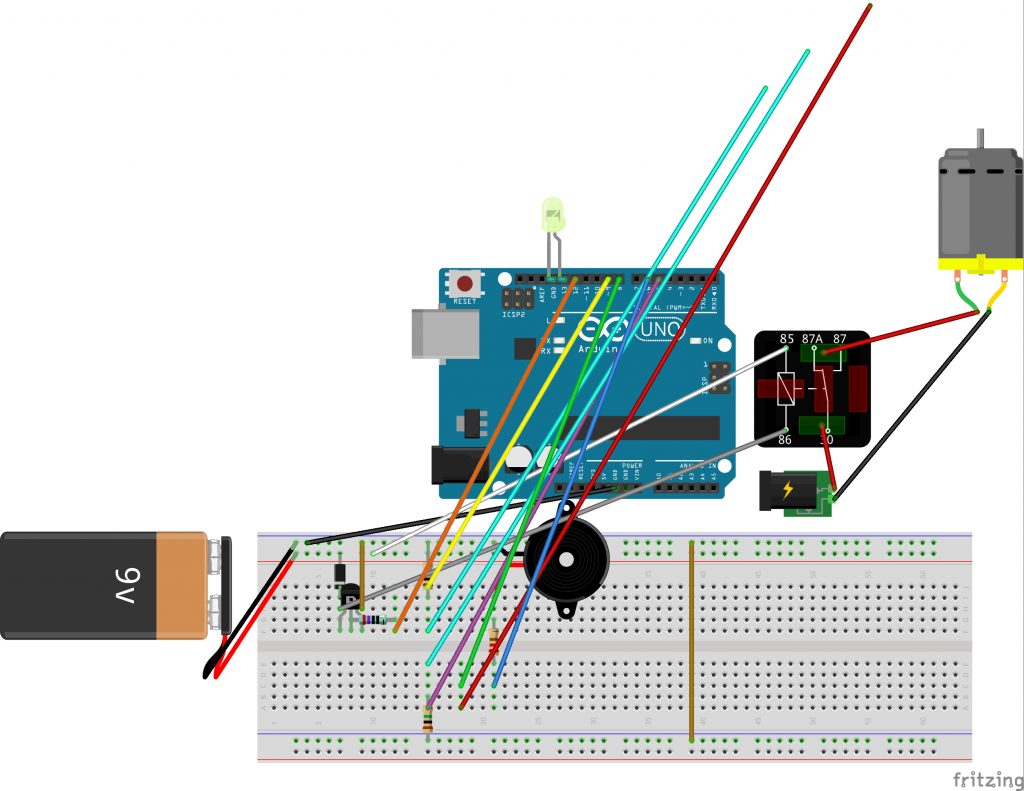Josh Y.
Hi, my name is Josh and I am a rising junior at York Preparatory School. For my main-project I decided to build a refillable dog water-dish based on this web page. I chose this project because has a very practical use in helping my dog, as well as because it includes sensors and is almost fully automatic which really interests me.
Throughout the 6-week program I learned so many things from how to be independent and persistent, to how to de-solder properly. Before coming to Bluestamp, i was very interested in the world of electrical engineering and coding, but i really did not have enough knowledge to get anywhere with that interest. Now with the experience I’ve gained through Bluestamp, I’m able to start doing projects at home, with a full ability to understand them and make modifications on my own.
Engineer
Josh Y
Area of Interest
in Business
School
York Preperatory School
Grade
Incoming Junior
Final Milestone

Bill of Materials: josh-yates-bluestamp-bill-of-materials-
Code: https://github.com/josh50y/Arduino-refillable-dog-dish
Fritzing: refillable-dog-dish.fzz_




Congrats to Josh! He selected interesting and practical projects. He did a great job of explaining each of them.
Hopefully this will lead him to an interest in studying and applying electronics, coding, and problem-solving in his future studies.
What a great experience!!